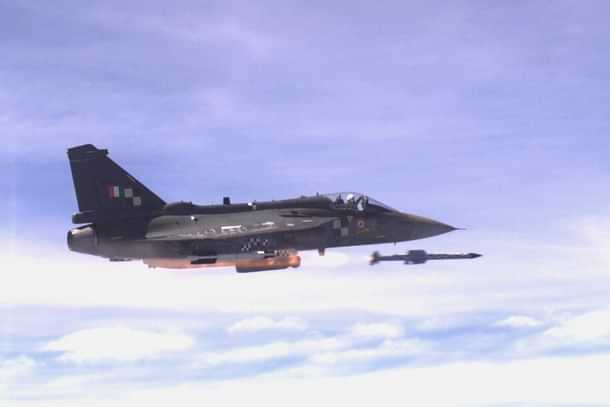SOURCE: AFI

In a significant advancement for India’s indigenous defense capabilities, state-run aircraft manufacturer Hindustan Aeronautics Limited (HAL) is poised to conduct the first live firing test of the Astra Mk1 Beyond Visual Range Air-to-Air Missile (BVRAAM) next month. This milestone will utilize the advanced ELTA Systems’ ELM 2052 Active Electronically Scanned Array (AESA) Fire Control Radar (FCR) for guidance, marking a step forward from the previous tests which used the older ELM 2032 radar.
The Astra Mk1, developed by the Defence Research and Development Organisation (DRDO), represents India’s effort to achieve self-reliance in missile technology, particularly for air superiority roles. The missile is designed to engage and neutralize aerial threats at long ranges, providing the Indian Air Force (IAF) with a formidable weapon in its arsenal.
The transition from the ELM 2032 to the ELM 2052 AESA radar for the Astra Mk1’s guidance system is crucial. AESA radars offer several advantages including enhanced detection range, multi-target tracking capabilities, and greater resistance to electronic countermeasures, which are all pivotal for the operational success of modern air combat missiles. The ELM 2052, known for its high performance in both air-to-air and air-to-ground roles, promises to significantly boost the Astra Mk1’s effectiveness.
The live firing test is expected to provide valuable data on the integration and performance of the Astra Mk1 with the new AESA radar setup. Successful outcomes could pave the way for the missile’s full integration into various fighter jets of the IAF, including the HAL Tejas, which is also in the process of being equipped with advanced radar systems.
This development comes at a time when the IAF is expanding its capabilities and looking towards equipping its fleet with state-of-the-art weaponry to counter regional aerial threats effectively. The test will be closely watched by military analysts and defense enthusiasts alike, as it could signify a new chapter in India’s defense manufacturing narrative, emphasizing innovation, integration, and operational readiness.